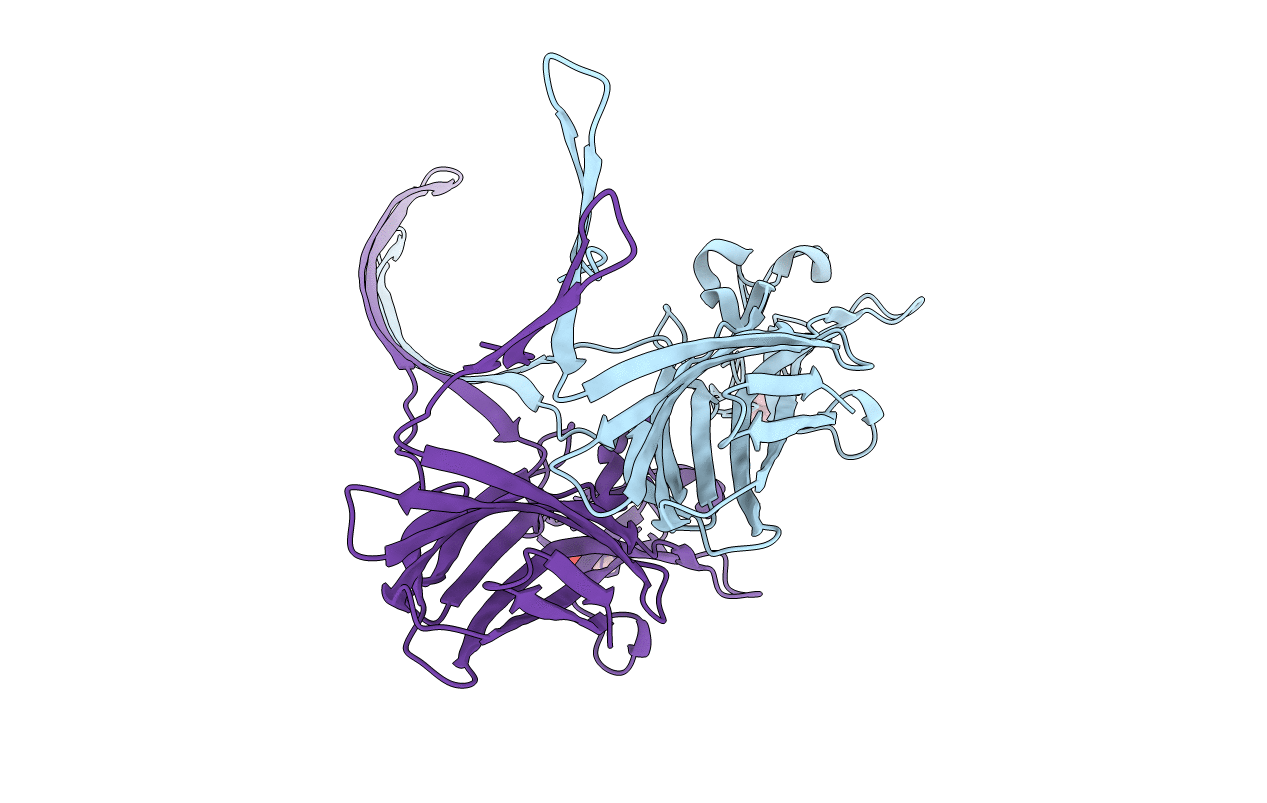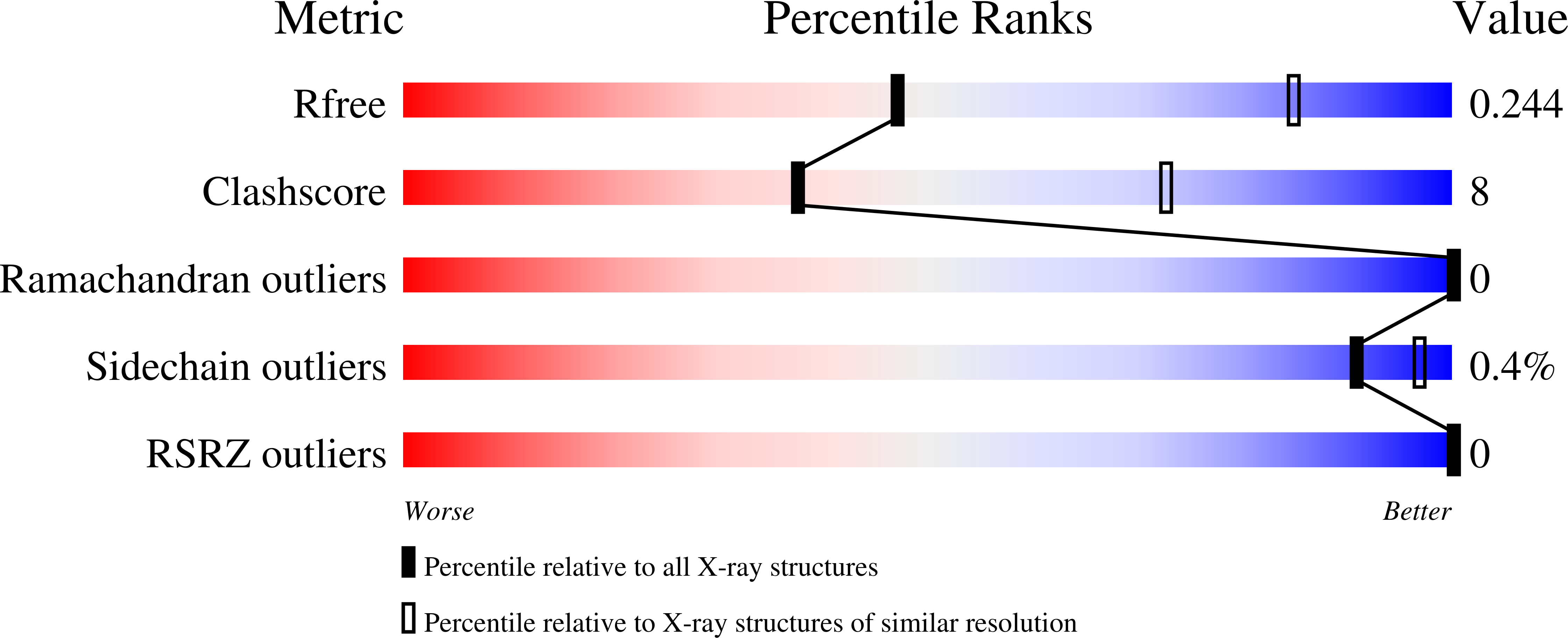
Deposition Date
2021-12-09
Release Date
2022-03-16
Last Version Date
2023-10-18
Method Details:
Experimental Method:
Resolution:
3.00 Å
R-Value Free:
0.24
R-Value Work:
0.20
R-Value Observed:
0.20
Space Group:
I 4


